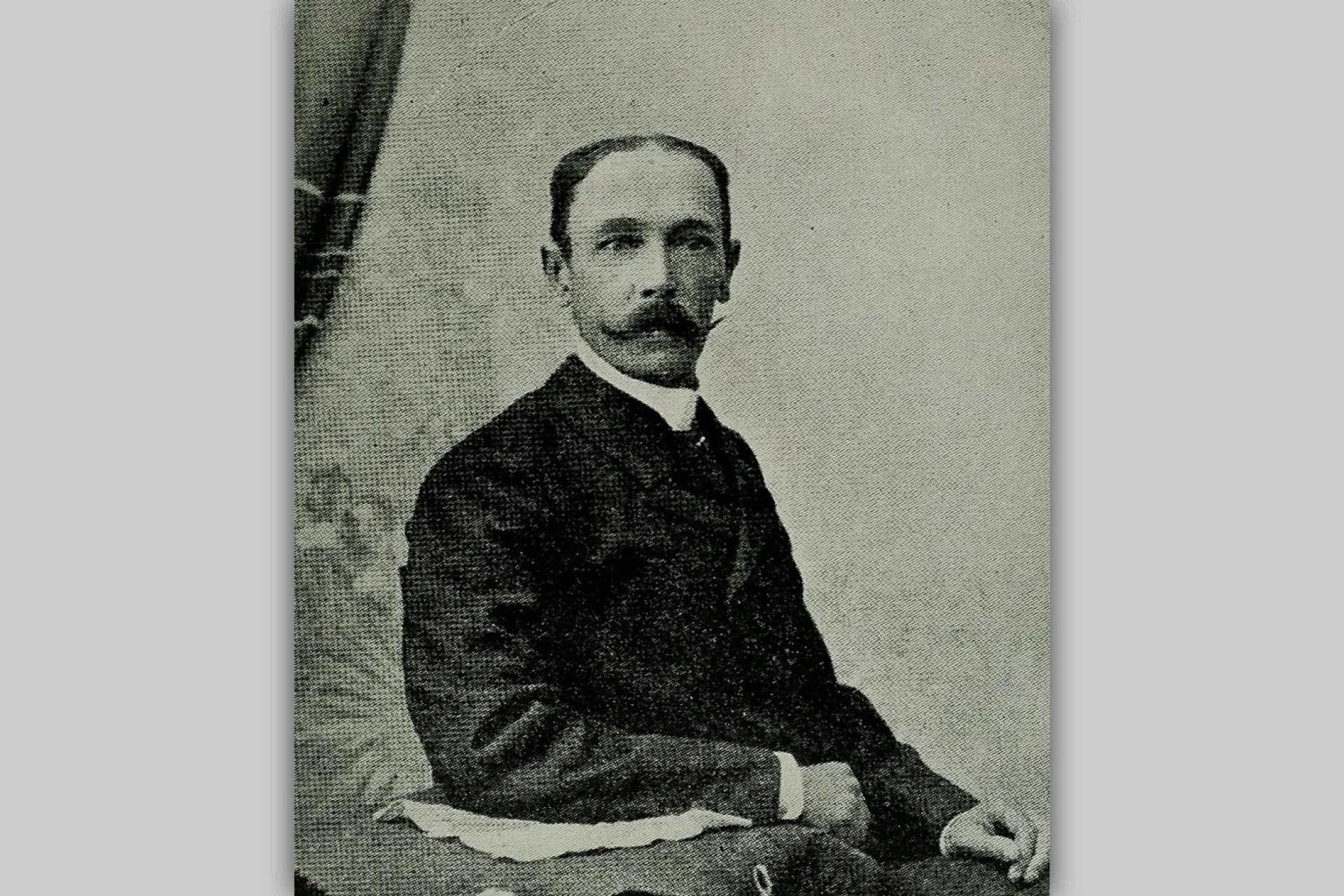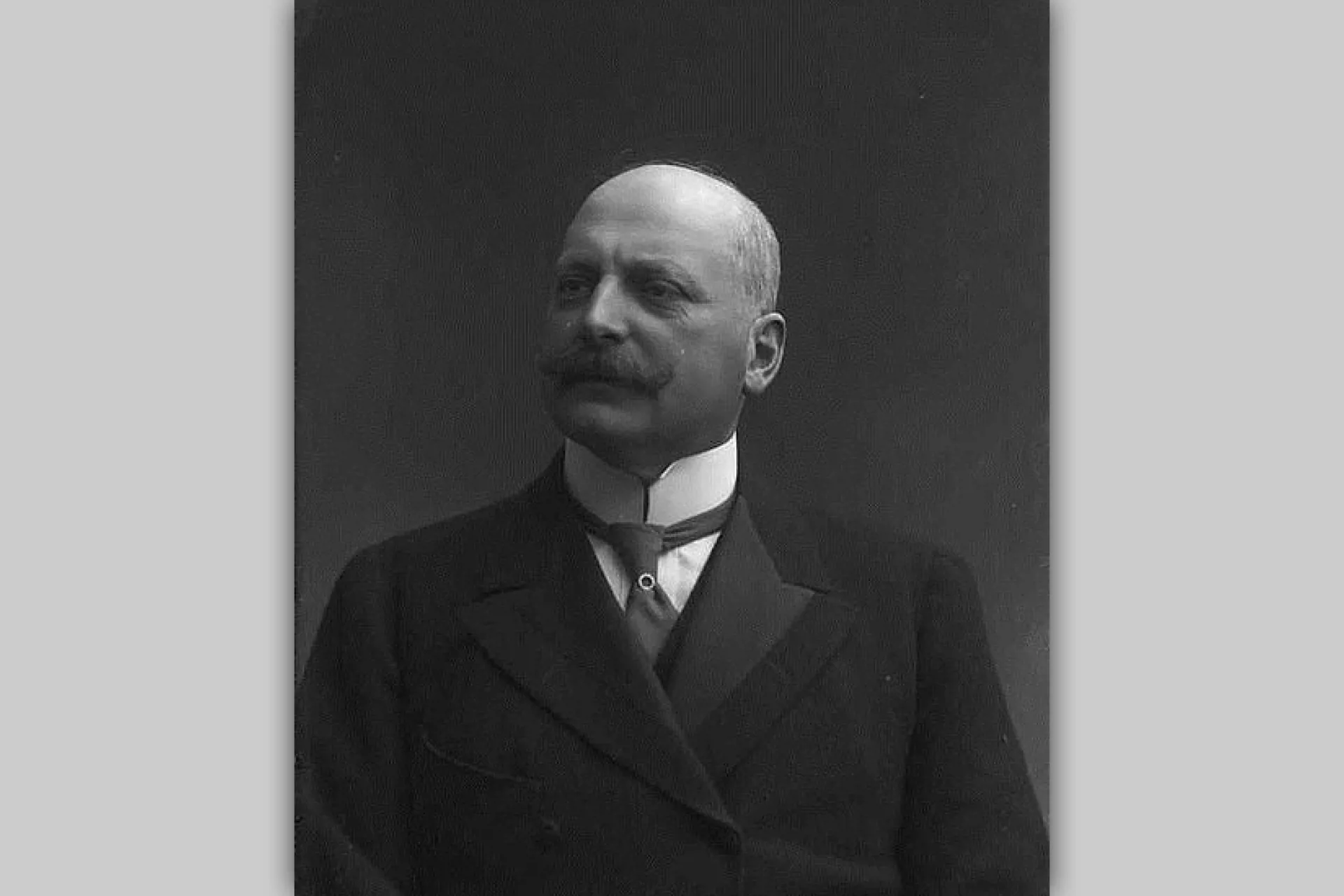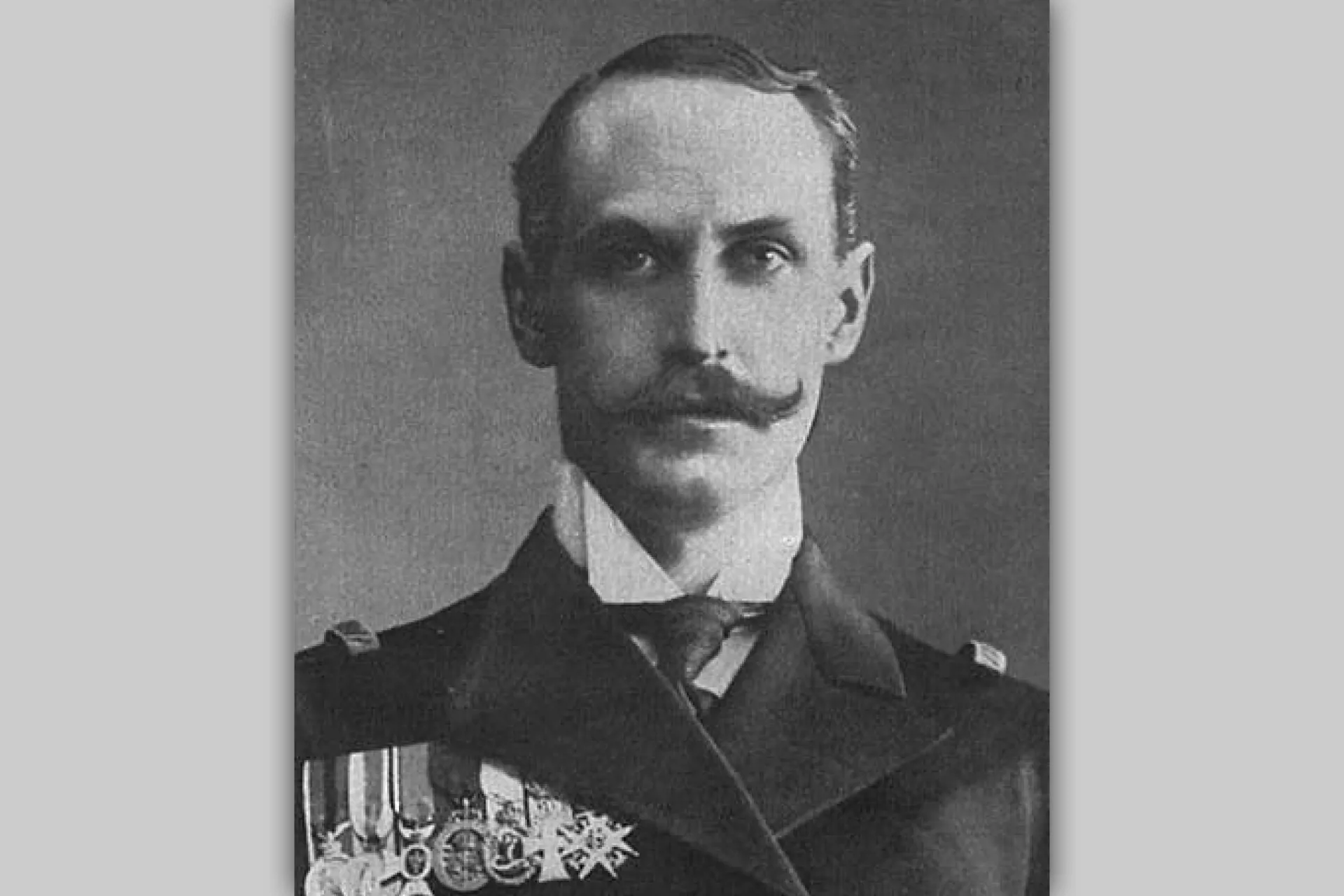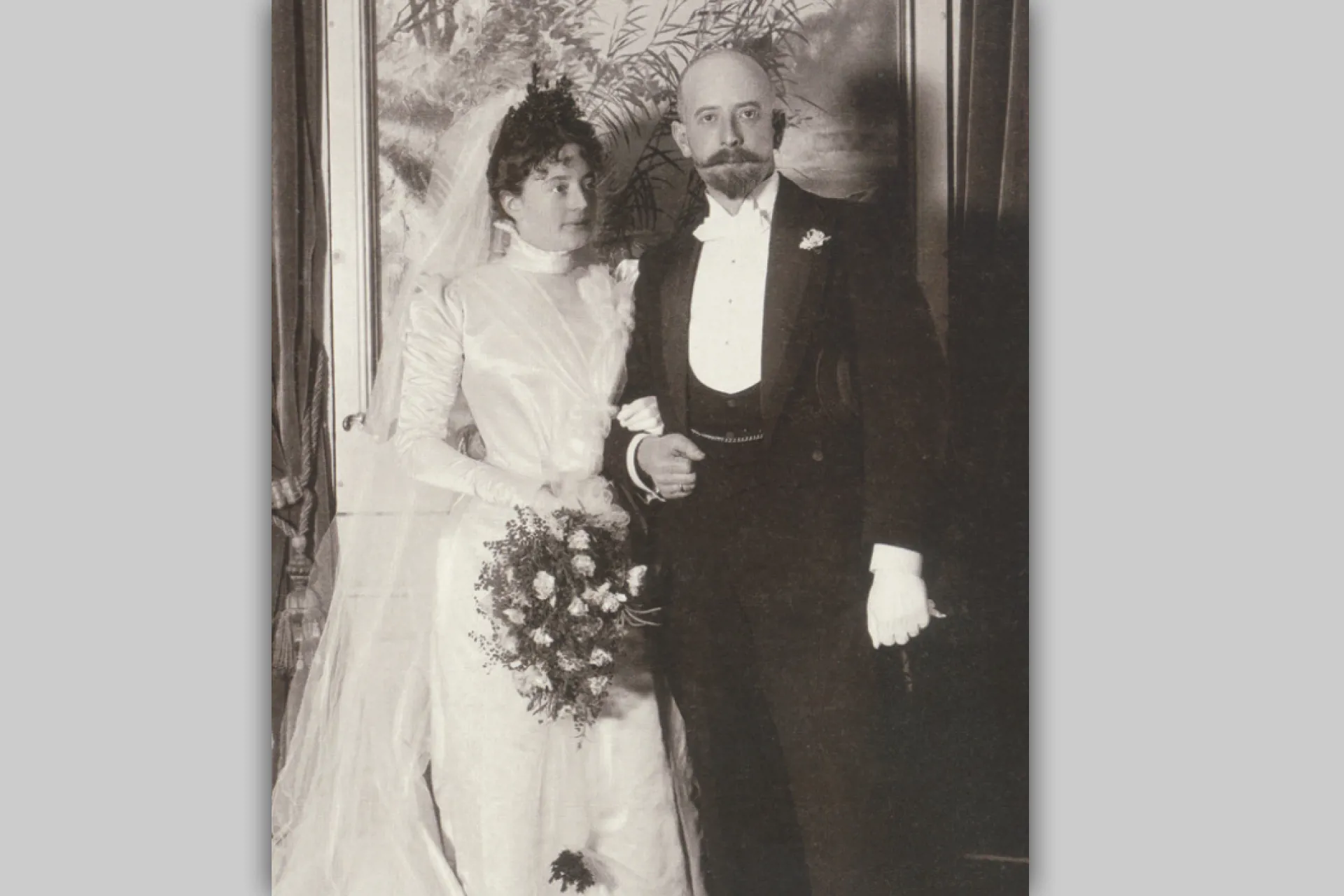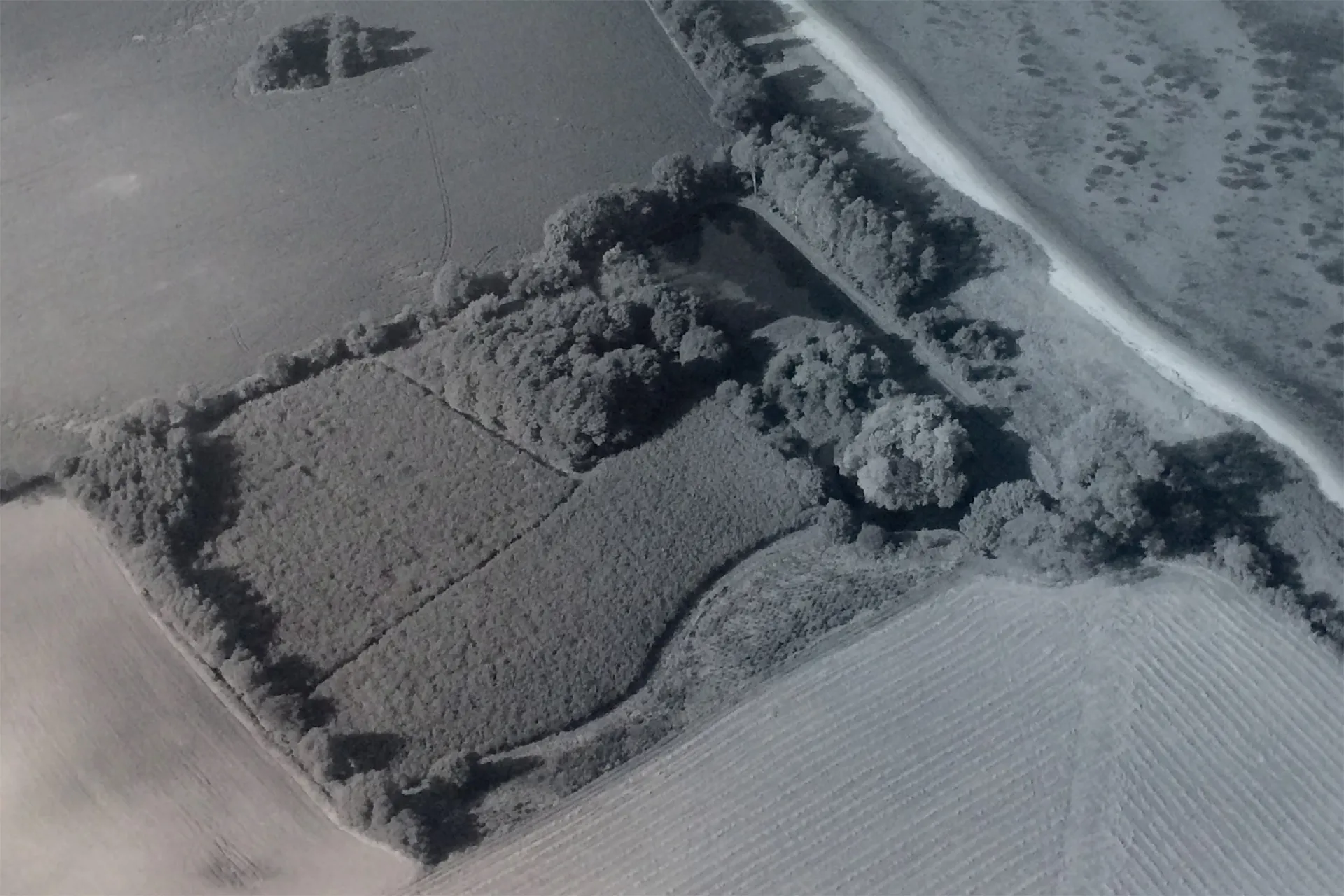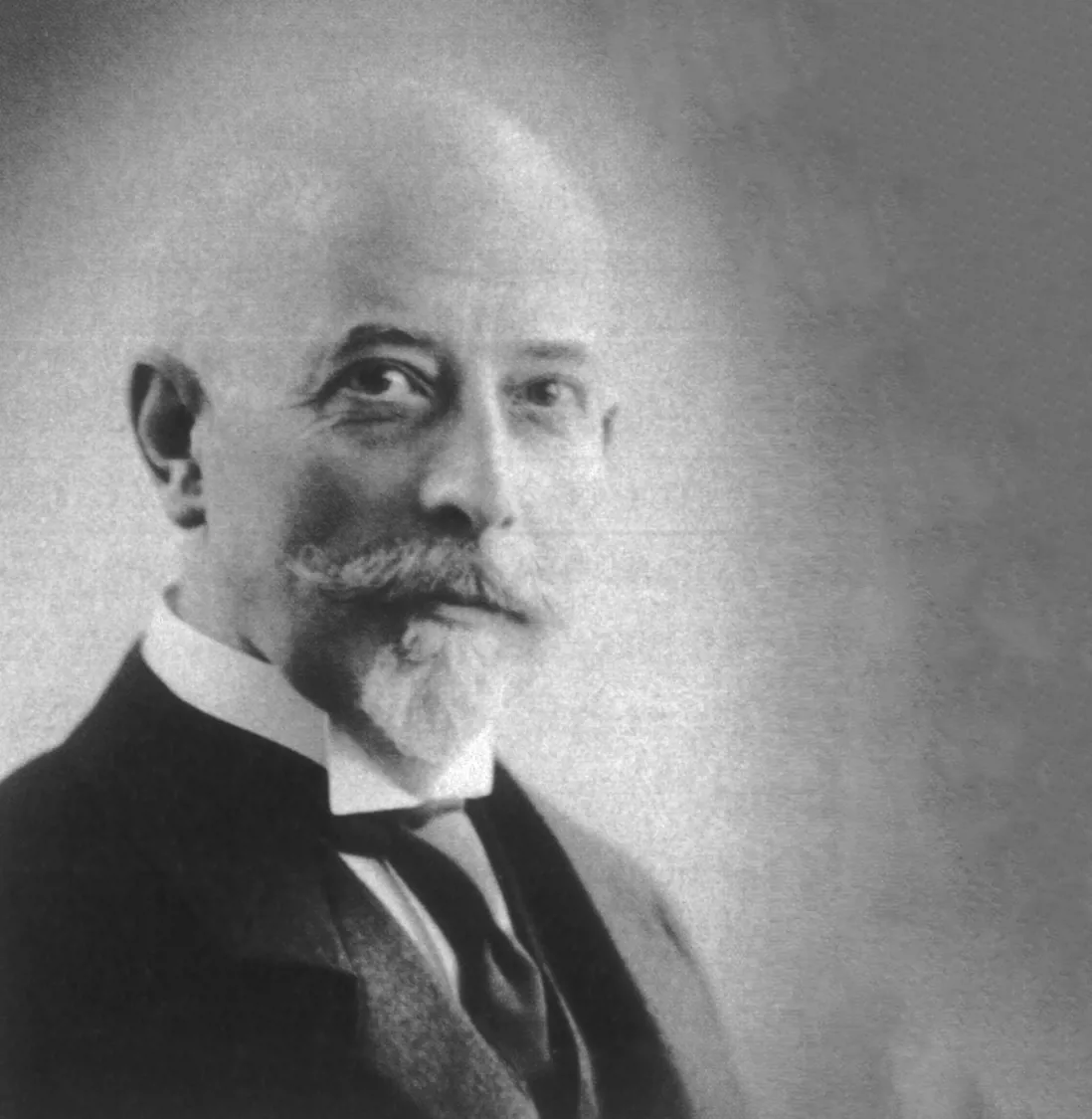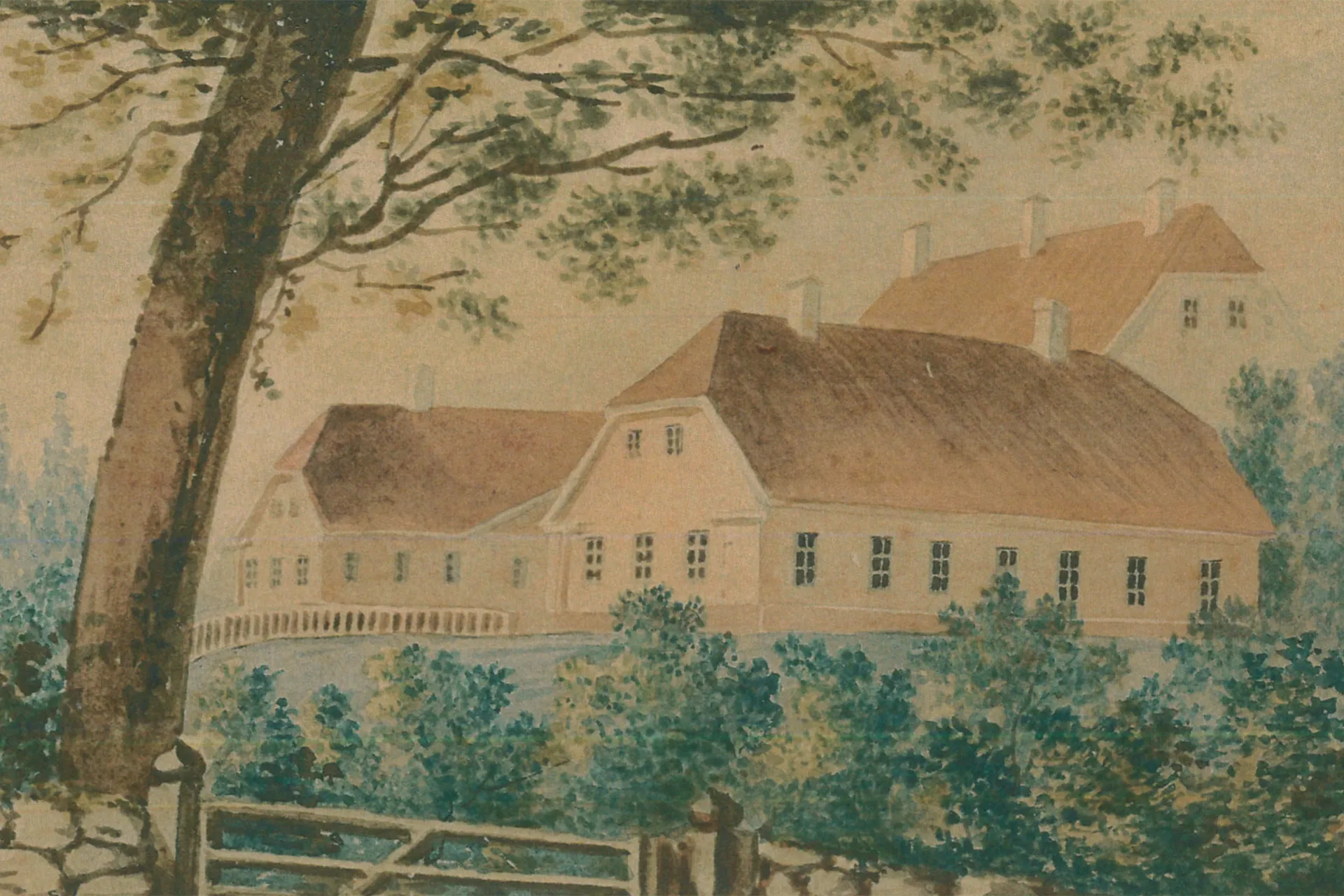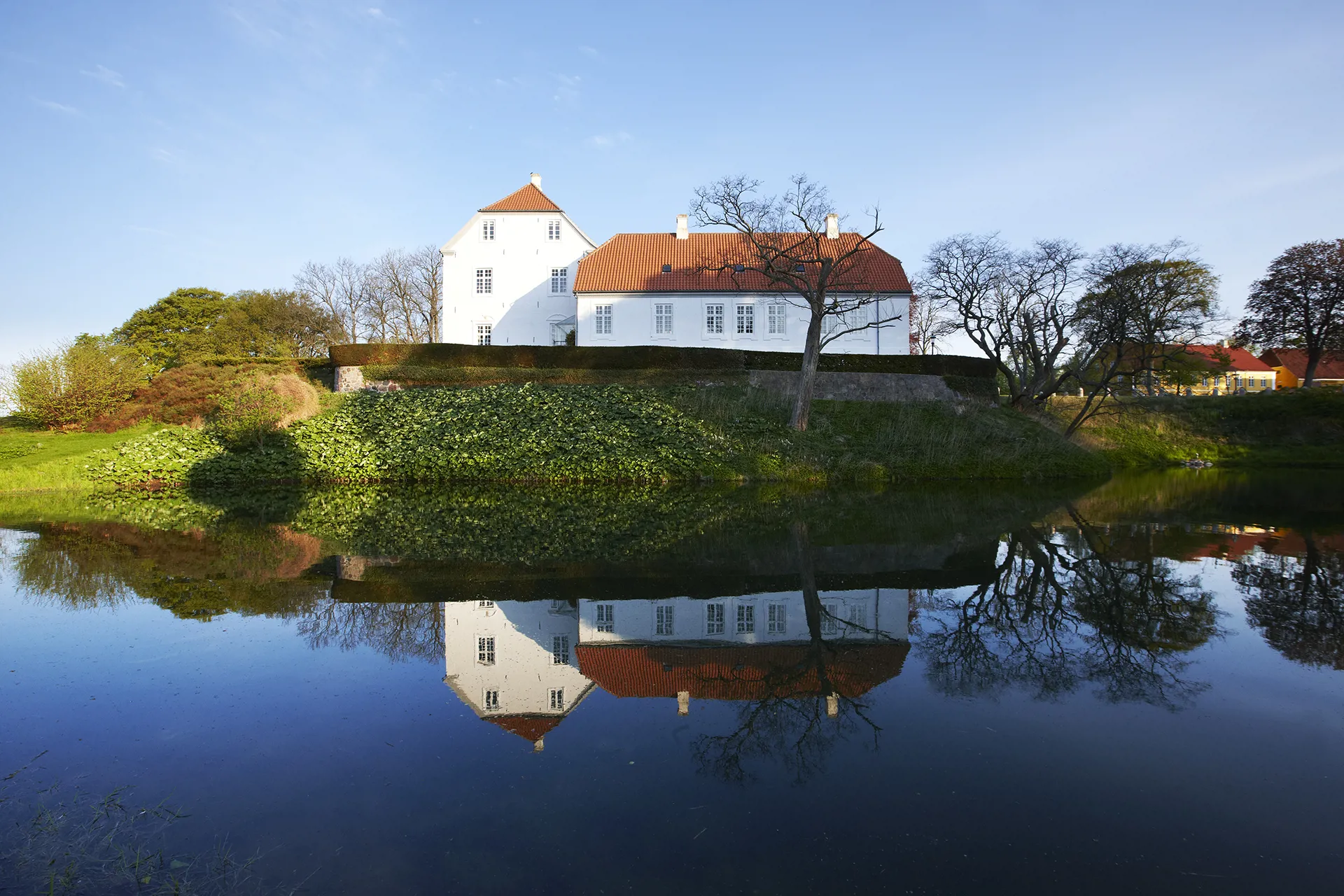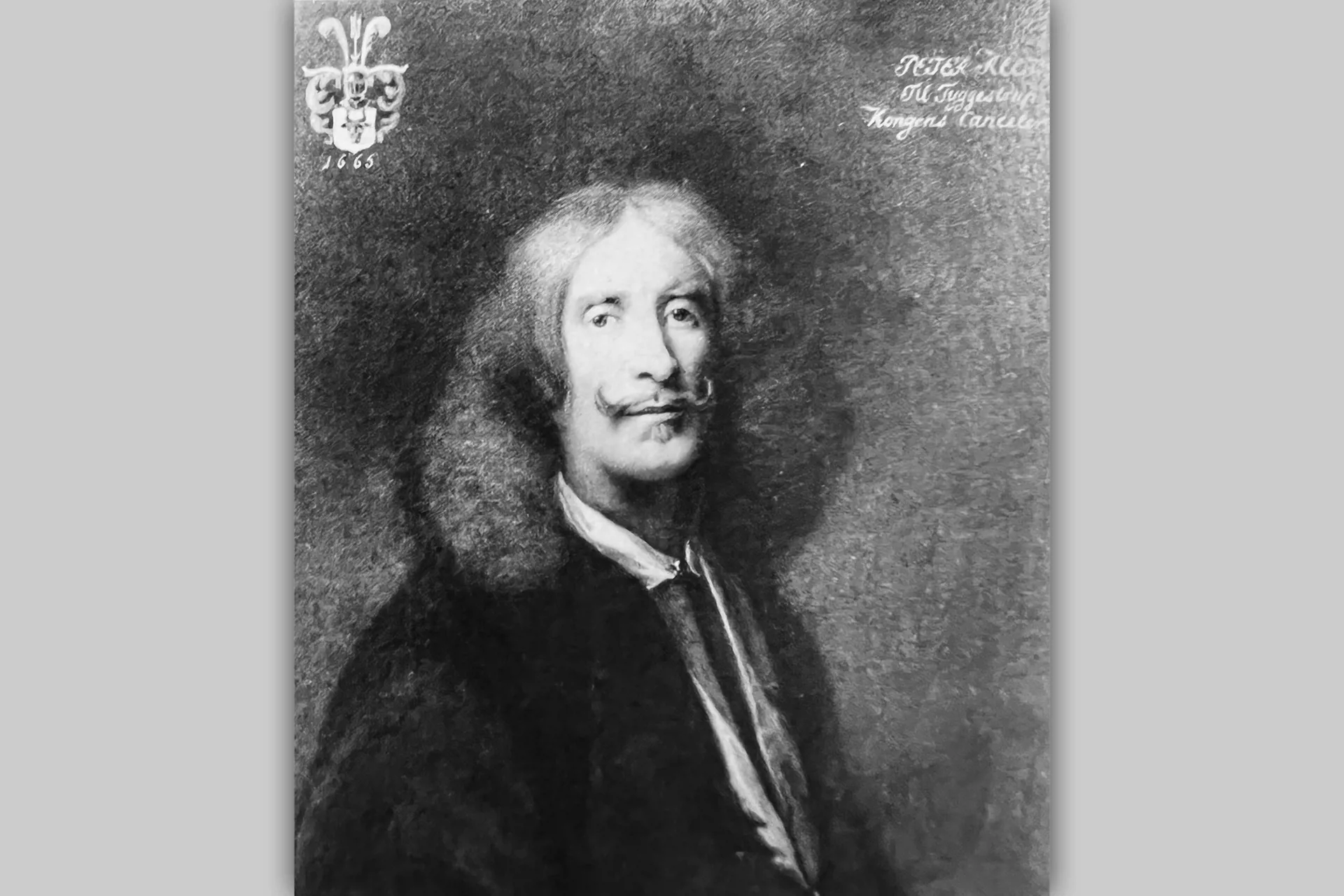
200 years with the Reedtz family
The noble family Reedtz purchased Palsgaard in 1665 and owned the place for more than 200 years. In the 1730s, they transformed the old courtyard into the building you see today: a three-winged manor house in the Baroque style. In the 1840s, the family began establishing a landscaped garden.
The family also played an important role in the local community around Palsgaard. Niels Juel Reedtz founded Færgegården, a ferry inn known as "Juels Minde", which later gave its name to the town of Juelsminde.
Chancellor Peder Reedtz (pictured) owned Palsgaard from 1665 until his death in 1674 and was the most prominent of Palsgaard's historical owners.

